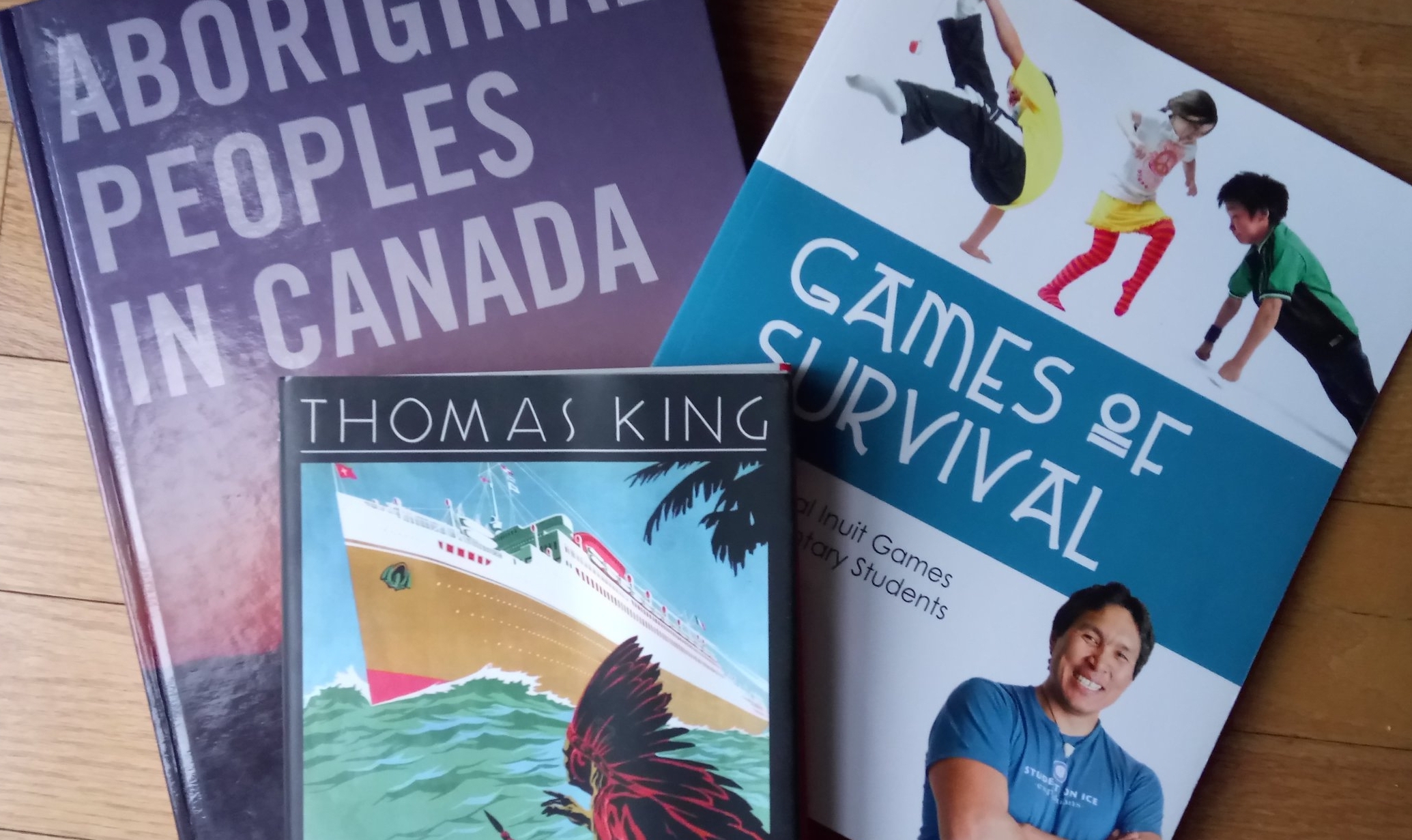Appreciate the work? Contribute to Listen & Learn on Patreon!
Last week during the Listen & Learn workshop, we facilitators were asked by one educator how they could bring a balance to the images that their students were developing about contemporary Indigenous communities. There are so many injustices that are being perpetrated against Indigenous folks, and I've heard that some educators are at a loss for where to find materials that highlight daily life in the community in a way that brings attention to all the amazing ways young people are thriving.
My colleague Nancy Steele recommended the video series Raven's Quest from TVO, and I am excited to share it with you!
Each mini-documentary focuses on a specific young person, and over the course of 7 minutes highlights their identity, where they from, and what they enjoy doing on a daily basis. The twenty videos feature young people from a variety of different contexts across Canada, demonstrating to your students that there is no one way to be Indigenous and that Indigenous people live and belong everywhere.
The videos also highlights aspects of culture that each child participates in, implicitly teaching the diversity of Indigenous nations to your students. I can see these videos acting as a springboard for discussion in your classroom about what cultural and familial practices your students are engaged in.
One of my favorite videos features twin sisters Jaylene and Jolene from the Cree Nation of Eastmain. They are shown having fun playing in the park, rollerblading around the community, playing with dolls, and chatting about the traditional goose hunt that their community participates in and the importance of their Cree Culture Day.
Toronto resident Jacob who is Cree and Ojibwe is also featured. He loves lacrosse and parkour, attends a pow wow in the city with his family, and teaches the audience to say "I'm from Toronto!" in Ojibway: Toronto, nidonjibah!
These videos provide a great opportunity to allow student questions and interests to form the basis for inquiry, including into the particular nations/communities that each is set in. For instance, with Jacob being from Toronto, a group of students might want to research all the many Indigenous businesses, community centers, landmarks, and services in the city.
If you do use the videos in your classroom, I invite you to get in contact with me and share how you used them!
Don't forget to sign up for the Listen & Learn newsletter and never miss a post!
